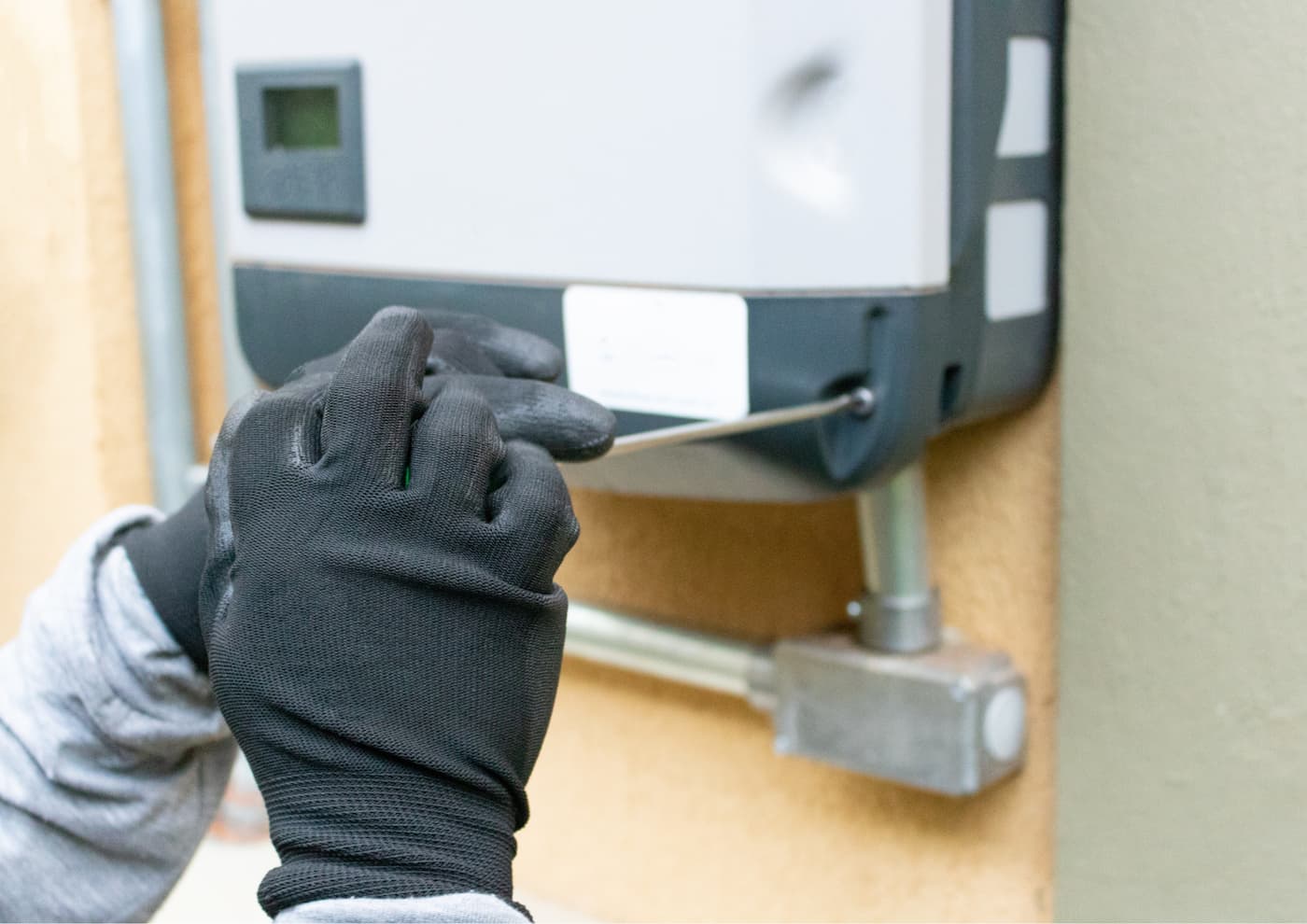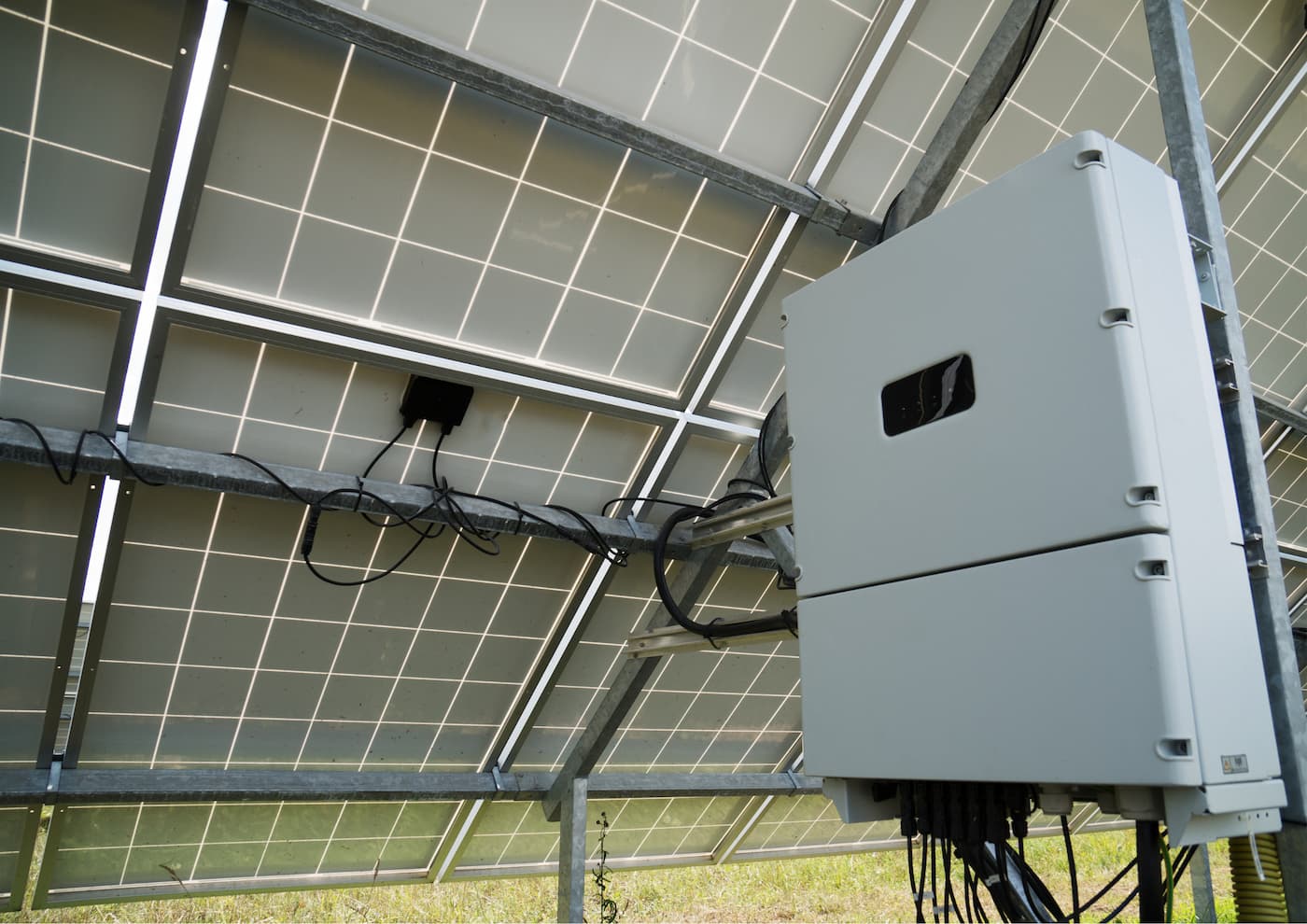The solar inverter is one of the key components in any photovoltaic installation, although it is not the best known. In this article we talk about solar inverters, their types and how to choose the best inverter for a solar installation.
What is a solar inverter.
Solar inverters can have several functions, but their main task is to transform the electricity produced by solar panels from direct current to alternating current so that it can be used in the home.
In addition to transforming the electricity, the solar inverter also serves as the "brain" of the installation, collecting, measuring and managing all the necessary parameters so that everything runs like a Swiss watch.
What types of solar inverters exist.
There are a multitude of inverter types to suit different uses and installations, for example differentiating between grid-connected and off-grid installations.
Among the different types of inverters we can find the following.
Grid-connected solar inverters.
- String, string or central inverters.
They are one of the most widely used inverters and are used in installations that are not affected by shading and have panels in only one direction (e.g. panels placed on a single roof pitch).
These inverters are usually placed centrally so that a single inverter transforms the electricity from all the panels. They are simple, inexpensive and have simple maintenance, but have the disadvantage that they will limit the output to the level of the panel that produces the least (e.g. if it is affected by a shadow).
- Microinverters.
Microinverters act as small distributed inverters (as opposed to the central inverter mentioned in the previous point) and are placed (or integrated) in each of the solar panels.
Their price is higher than string inverters, but in exchange they solve problems in installations where there are shaded areas. By using microinverters, the overall performance of the installation is not limited when a panel is covered by shade, since the management and monitoring is carried out independently for each panel.
- Power optimizers.
They are basically a combination of the previous two. Like microinverters, optimizers are placed next to each plate to then send the energy to a centralized inverter, since optimizers do not transform electricity, but only optimize it to improve the operation of the whole installation (for example with shaded parts).
Therefore, they require the use of a central inverter and are a complement to it that allows improving the performance of the installation at a lower cost than would be implied by the use of microinverters.

Inverters for off-grid installations with batteries.
- Inverters for stand-alone installations.
There are inverters specifically designed to operate in off-grid installations, something that usually involves the management of batteries to store the electricity in addition to the production and consumption itself.
- Inverter charger.
Inverter chargers are a particular type of inverter for off-grid installations that allow the use and management of an auxiliary energy source to recharge the batteries, such as a diesel generator.
- Hybrid inverters.
These inverters can be used for both off-grid and on-grid installations.
How to choose the solar inverter according to the photovoltaic installation.
When choosing the best inverter for a solar installation, it is necessary to consider aspects such as budget, shading problems that the installation may have or the search for greater efficiency. Let's discuss some of them:
- Installed power: The installed power must be taken into account, since the inverter must be able to transform all the energy produced by the installation.
- Location of the solar panels: this includes whether the installation has one or more directions or if there are shaded areas, something that as we have mentioned can significantly affect performance if the right inverter is not chosen.
- Expansion needs of the installation: One of the problems of expanding the installation without having foreseen it is that the inverter becomes "small" for the new installed power, so if it is planned to expand, it is more profitable to invest in a larger inverter from the very beginning.
- Budget: Financial investment is always a constraint when selecting components and may limit some of the inverter options available.
- Efficiency: if you are looking for the installation to have higher levels of efficiency, you should opt for the types and models of inverters that offer a higher yield of the installation.
Don't waste time designing your facilities.
Number of panels, position and orientation, inverter and other components... designing a solar installation can require a lot of time that you don't always have available. Our Wattwin software helps installers and professionals to design, choose the best components and quote installations quickly and efficiently. You can learn more about our solution by clicking here.



Very interesting and useful content, thanks for the information!